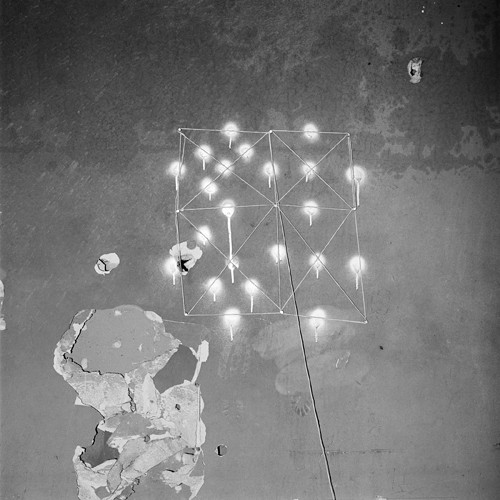John Divola’s photographs of abandoned spaces, particularly his Vandalism series, are unforgettable. They present a unique blend of forensic documentation, artistic intervention, and the exploration of ruin. But where were these works created? What do they depict? Why did Divola choose this subject matter? And how did he create these complex and compelling images? This exploration delves into Divola’s work, examining the where, what, why, and how of his artistic process.
Where: Abandoned Spaces and the Boundaries of Art
Divola’s work often takes place in liminal spaces – abandoned buildings, deserted beach houses, and even Hollywood backlots. These locations, caught between past use and future uncertainty, become both subject and canvas. The Vandalism series focused on decaying structures, while the LAX NAZ series documented houses abandoned due to airport noise. His choice of location, outside the traditional studio, reflects the expanded field of art in the 1970s, encompassing installation, Land art, and performance. The “where” of Divola’s work is crucial, setting the stage for his interventions and explorations of decay.
What: Vandalism, Intervention, and the Performance of Photography
Divola’s photographs depict not just ruin, but also the artist’s own interventions within these spaces. He spray paints, arranges objects, and interacts with the existing decay, blurring the lines between documentation and creation. In Vandalism, he adds marks and patterns that mimic and amplify existing graffiti, questioning the nature of destruction and creation. In Zuma, he documents his interactions with a deserted beach house over time, capturing both his own presence and that of anonymous vandals. The “what” of Divola’s photography encompasses both the found environment and the artist’s performative actions within it.
Why: Exploring the Ambiguity of Photography and the Aesthetics of Decay
Divola’s work probes the nature of photography itself, questioning its objectivity and exploring its potential for ambiguity. He utilizes forensic photography tropes, such as the overhead shot of a scattered scene, but subverts them through his own interventions. He explores the tension between the photograph as a document and as a constructed image, challenging viewers to question what they see. Furthermore, Divola’s work delves into the aesthetics of decay, finding beauty and complexity in the process of ruination. He highlights the interplay between natural entropy and intentional destruction, examining how these forces shape our understanding of space and time. The “why” of Divola’s practice lies in his desire to deconstruct photographic conventions and explore the transformative power of decay.
How: Process, Performance, and the Manipulation of Light
Divola’s artistic process is characterized by experimentation and improvisation. He engages in performative actions within the chosen spaces, documenting the results through photography. His use of light, particularly in the Zuma series, further complicates the reading of the images. The stark flash illumination creates a heightened sense of drama and artificiality, contrasting with the natural light filtering through windows. This manipulation of light, along with the use of series and the emphasis on graphic flatness, underscores the constructed nature of the photographs. The “how” of Divola’s work reveals a complex interplay of performance, documentation, and photographic technique.
Divola’s work continues to resonate with contemporary audiences, challenging our understanding of photography, art, and the spaces we inhabit. His exploration of where, what, why, and how offers a profound meditation on the interplay of creation, destruction, and the enduring power of the photographic image.

